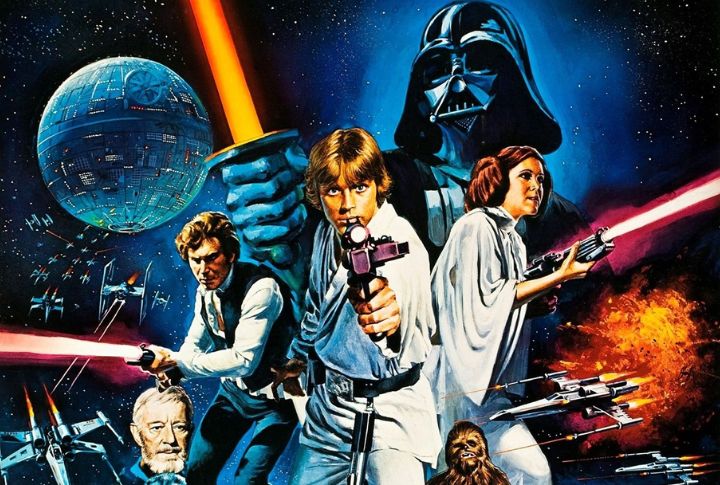
While many classic films remain revered cinematic masterpieces, many of these beloved award-winners would face an intense backlash if premiered to modern audiences. From regressive depictions to obsolete visual effects, the following are some of Hollywood’s most acclaimed treasures that would flop terribly if released today.
The Wizard of Oz (1939)
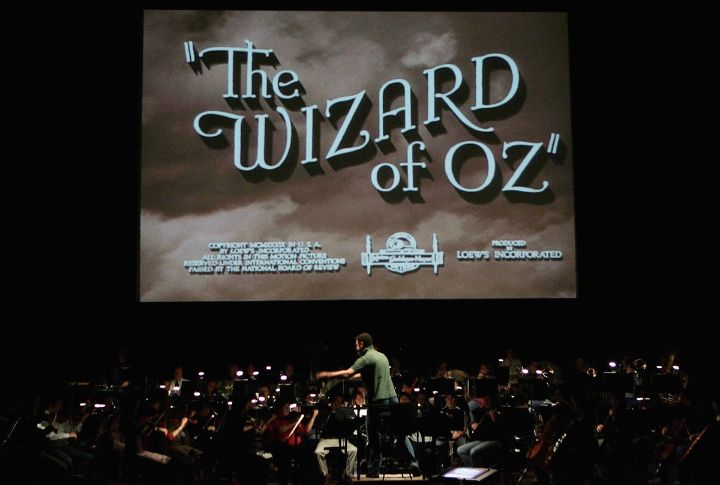
Due to developments in CGI and costume design, the original magic of the Wizard of Oz would be lost on today’s screens. The visual effects that brought the fantasy world of Oz to life need to be updated compared to recent CGI artistry and green screen capabilities. Flaws like the visible makeup lines on the actors’ faces would also be too glaring for modern viewers.
Mary Poppins (1964)
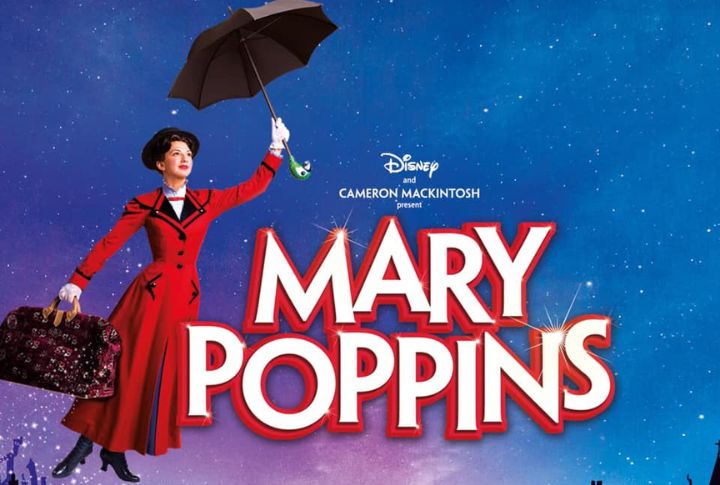
For all its undeniable charm, today’s audiences would likely scoff at some of the film’s attempts at bringing P. L. Travers’ fantasy world to life. From the complete defiance of gravity to Poppins’ bottomless carpet bag overflowing with impossible props, the implausible has lost some wonder in our CGI-laden era.
Gone With the Wind (1939)

Victor Fleming’s Civil War epic is considered one of the greatest films ever made. Yet, its depiction of slavery has made it an extremely controversial classic. The movie paints an unrealistic portrait of enslaved Black people being “faithful servants” who are content in their servitude to the white “benevolent” masters. Although the movie has a legendary status, its denial of slavery’s immorality would make it extremely difficult to produce today.
Forrest Gump (1994)
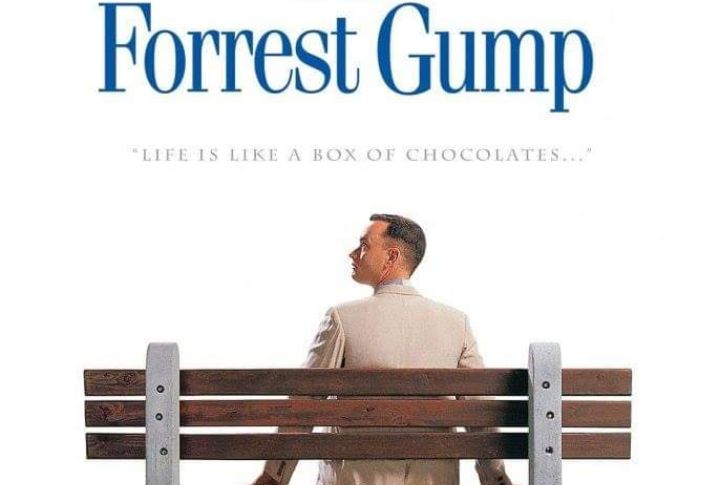
Though cherished by many viewers for its inspirational story about an underdog succeeding against all odds, Forrest Gump has been criticized in recent years. Despite addressing historical events like the Vietnam War protests, the film’s lack of diversity and inclusion is problematic. Instead, we have Forrest naively commenting on these issues rather than portraying such crucial experiences through non-white points of view.
The Birth of a Nation (1915)
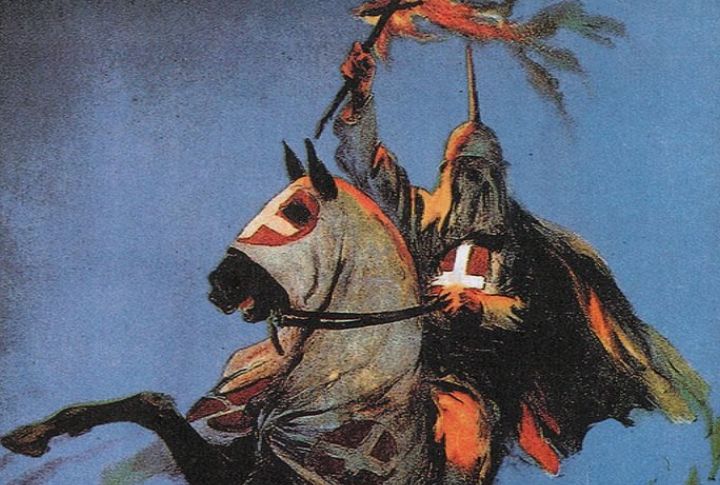
While innovative and essential to early film history, D. W. Griffith’s film about the Civil War is now regarded as racist propaganda. Ku Klux Klan is shown as brave vigilantes protecting white women from fictional threats of colored men. Anything glorifying the ideology and terrorism of the KKK, an infamously racist hate group, would be universally condemned today and unable to be commercially released.
Planet of the Apes (1968)
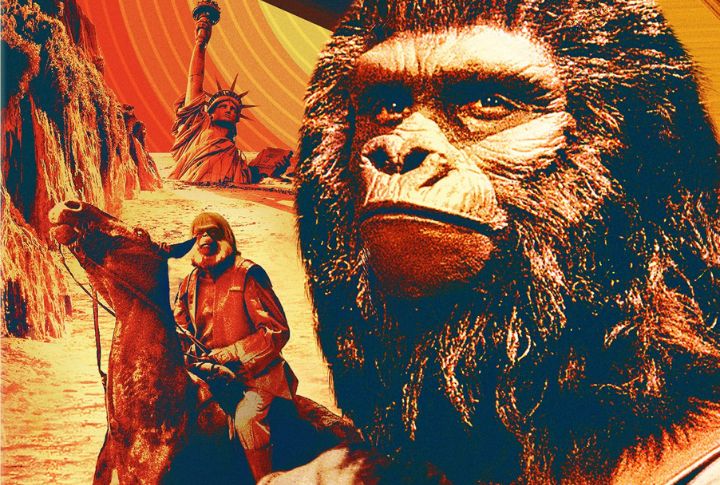
The original “Apes” film would sadly flop with modern movie critics despite being ahead of its time. The iconic makeup and costumes of the once credible world of hyper-intelligent apes would look outdated compared to today’s seamless CGI effects. No matter how skilled and elaborate, the physical makeup effects rob the film of its intended impact, especially with contemporary viewers.
The Good, The Bad and The Ugly (1966)
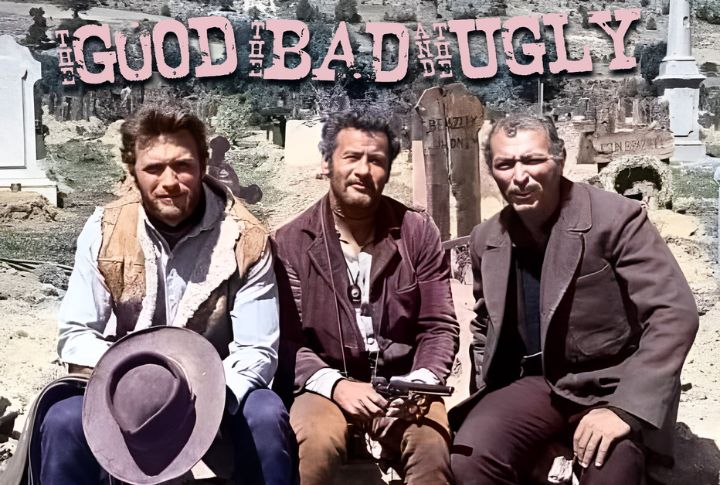
While influential on generations of filmmakers for its technical advancements, Sergio Leone’s masterpiece would be a chore for many viewers raised on today’s cinematic pacing and editing styles. The drawn-out scenes that awed folks in 1966 could quickly become tedious for viewers now accustomed to quick, dazzling cuts.
The Lord of the Rings (2001 – 2003)
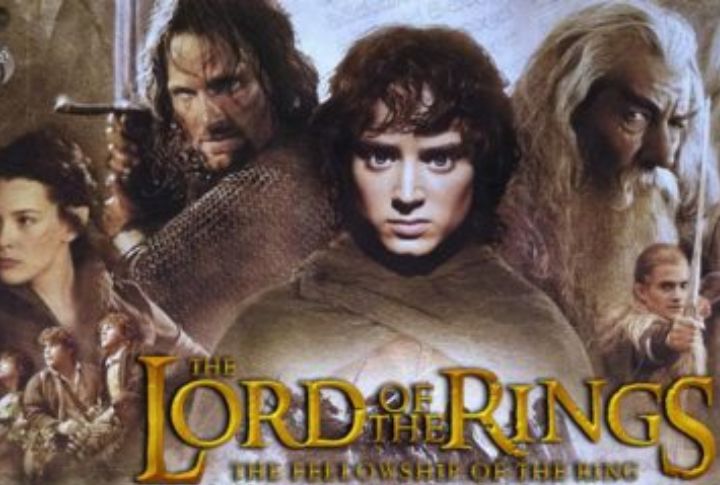
This high fantasy adaptation of J.R.R. Tolkien’s classic novels was an achievement that created an entire cinematic universe on par with Star Wars. Despite capturing the author’s realms of humans, dwarves, elves, and orcs, the franchise exists in a notable racial vacuum, where the main cast is white. This lack of racial diversity in integral roles is non-inclusive by today’s standards.
Green Book (2018)
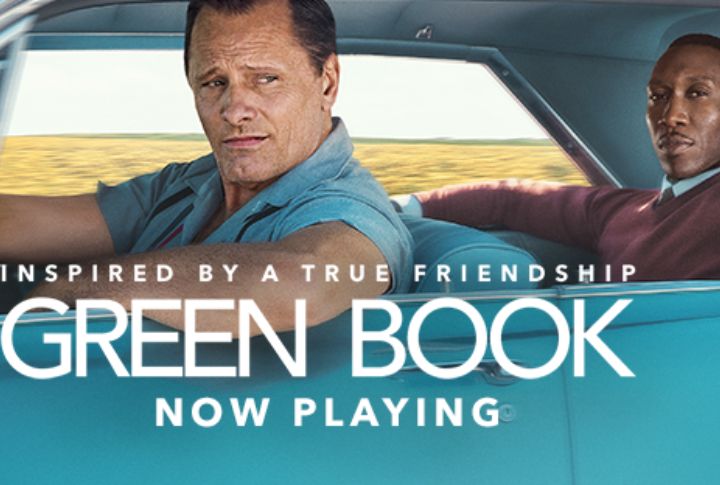
Despite winning Best Picture just a few years ago, this film quickly faced intense backlash for perpetuating the “white savior” trope. The movie portrays the real-life working relationship between black classical pianist Don Shirley and his Italian-American driver, Tony Lip. Many blamed the decision to focus the narrative on the white character, Tony while relegating the black musician to a supporting role in his story. The criticism it garnered would likely make studios wary of releasing such a project today.
Pretty Woman (1990)
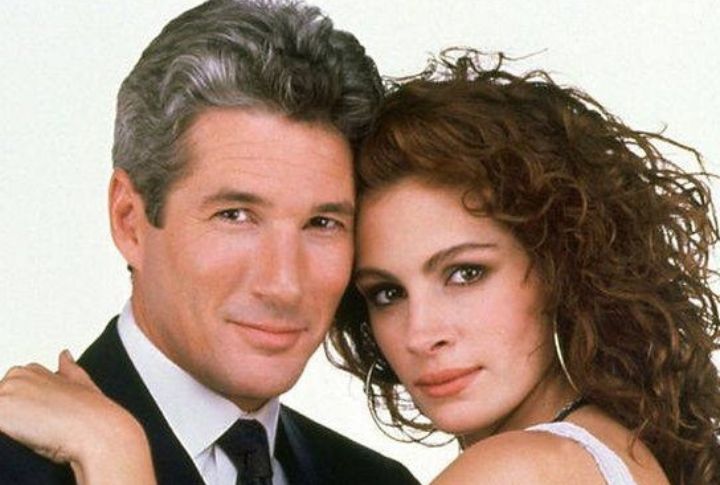
This hit romantic comedy starring Julia Roberts and Richard Gere was widely beloved as a modern fairy tale. Roberts’ character, Vivian, receives a Cinderella-like elevation through love. The outdated portrayal of women, as Vivian needs to be “rescued” by Gere’s character, has been criticized. Her only avenue for financial freedom is through romantic involvement with a wealthy male suitor rather than her independent endeavors. While still beloved by many fans, Pretty Woman’s regressive gender depictions would make it more complicated to realize today.
The Exorcist (1973)
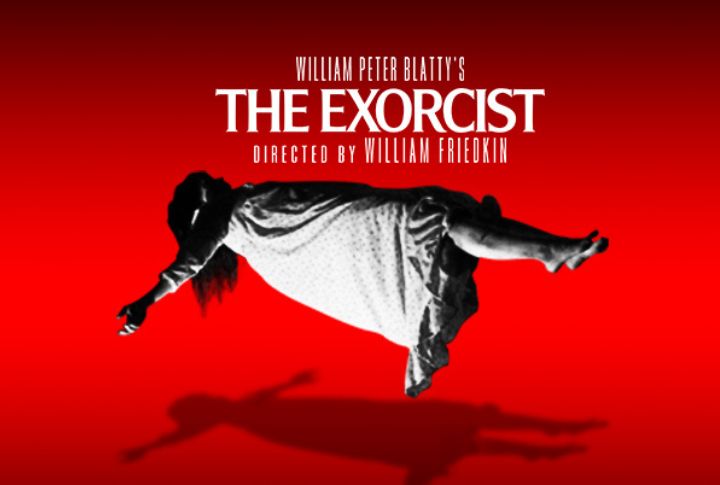
William Friedkin’s The Exorcist is often regarded as one of the most notorious and trend-setting horror films ever. It was so disturbing upon its release that it caused widespread public hysteria. Though still unsettling, the release of even more extreme and graphic horror films over the years has ultimately weakened The Exorcist’s original shock value and ability to push audiences to their limits.
The Greatest Show on Earth (1952)
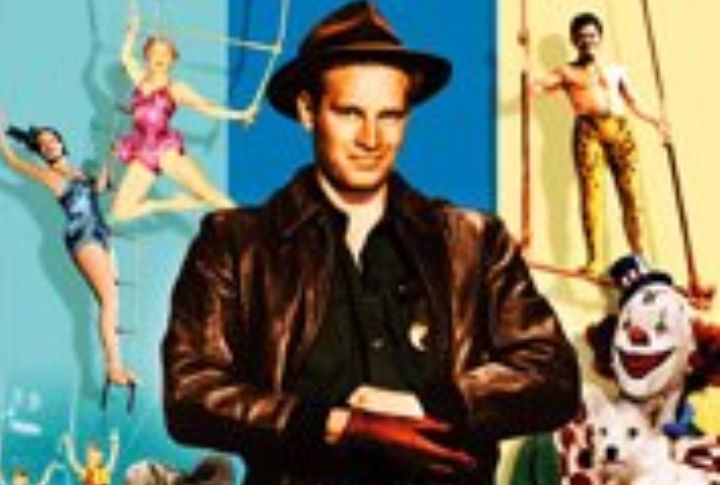
Cecil B. DeMille’s Best Picture winner portrayed circus life in the early 20th century and contained offensive depictions of non-white ethnicities. Characters portraying African tribe members are shown in racist caricatures, while Arab performers are depicted with dehumanizing stereotypes. Although impressive in its promotion of circus arts, the racist representations would make this impossible to release today.
The Towering Inferno (1974)
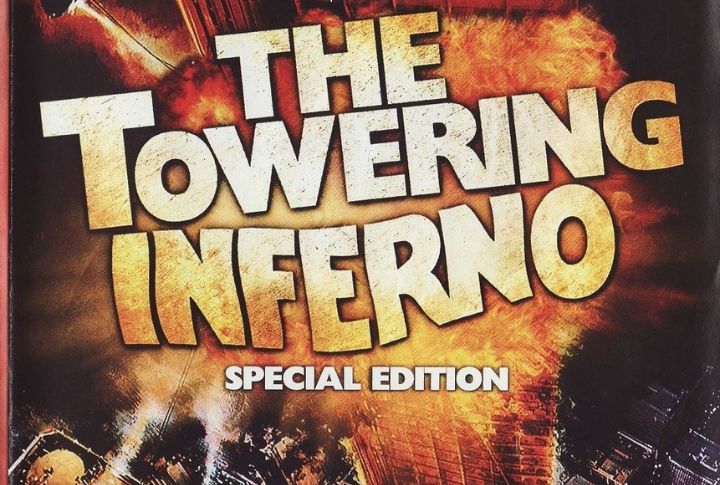
The Towering Inferno was a monumental blockbuster and a spectacle of 1974’s most impressive stunt work. The image of the then-tallest skyscraper engulfed in flames was unparalleled. Compared to the photorealistic CGI of modern action movies, those once-groundbreaking effects now look mediocre. Today’s audiences have been conditioned to expect far more convincing digital depictions of scenes of mass destruction.
Goodfellas (1990)
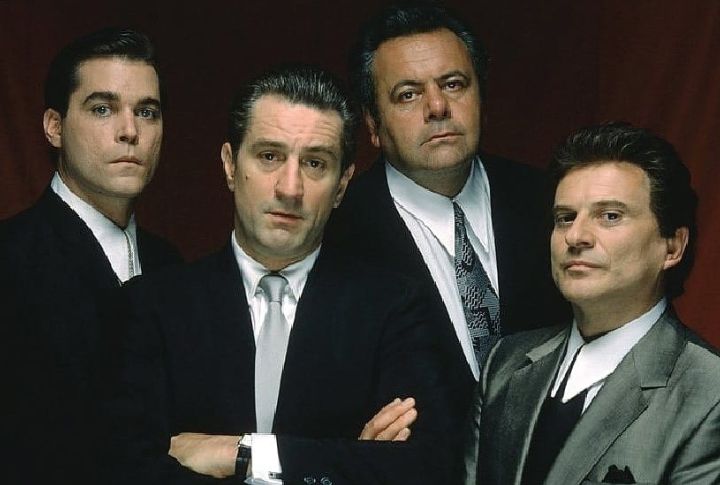
Martin Scorsese’s ability to put viewers into the alluring world of New York mobsters solidified Goodfella’s status as an instant crime saga classic. Yet, while entertaining, the objectification and shallowness of the female characters are incredibly glaring from a modern perspective. The toxic masculinity and regressive gender dynamics are very much a product of the film’s era and best kept in the past.
Star Wars (1977)
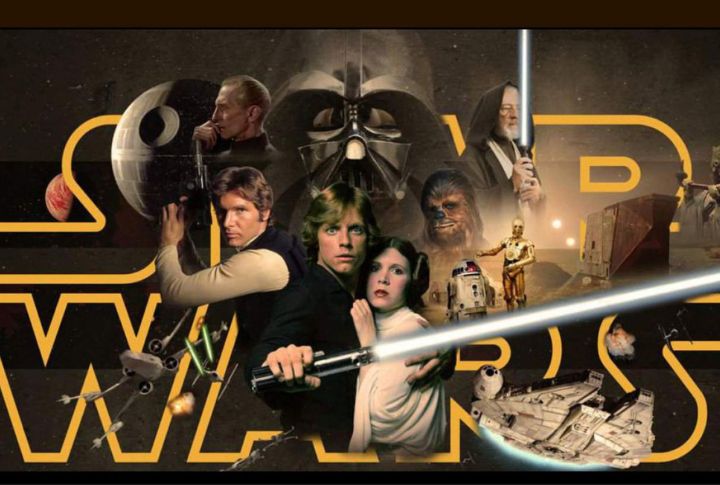
The once mind-blowing visual effects of Star Wars would inevitably look rudimentary when compared to the CGI capabilities of the modern era. And though Princess Leia was a somewhat progressive depiction of a strong female character, even her portrayal suffers from objectification and lapses into the one-dimensional role of a “damsel in distress.” These would not perform well with modern viewers.

Comments
Loading…